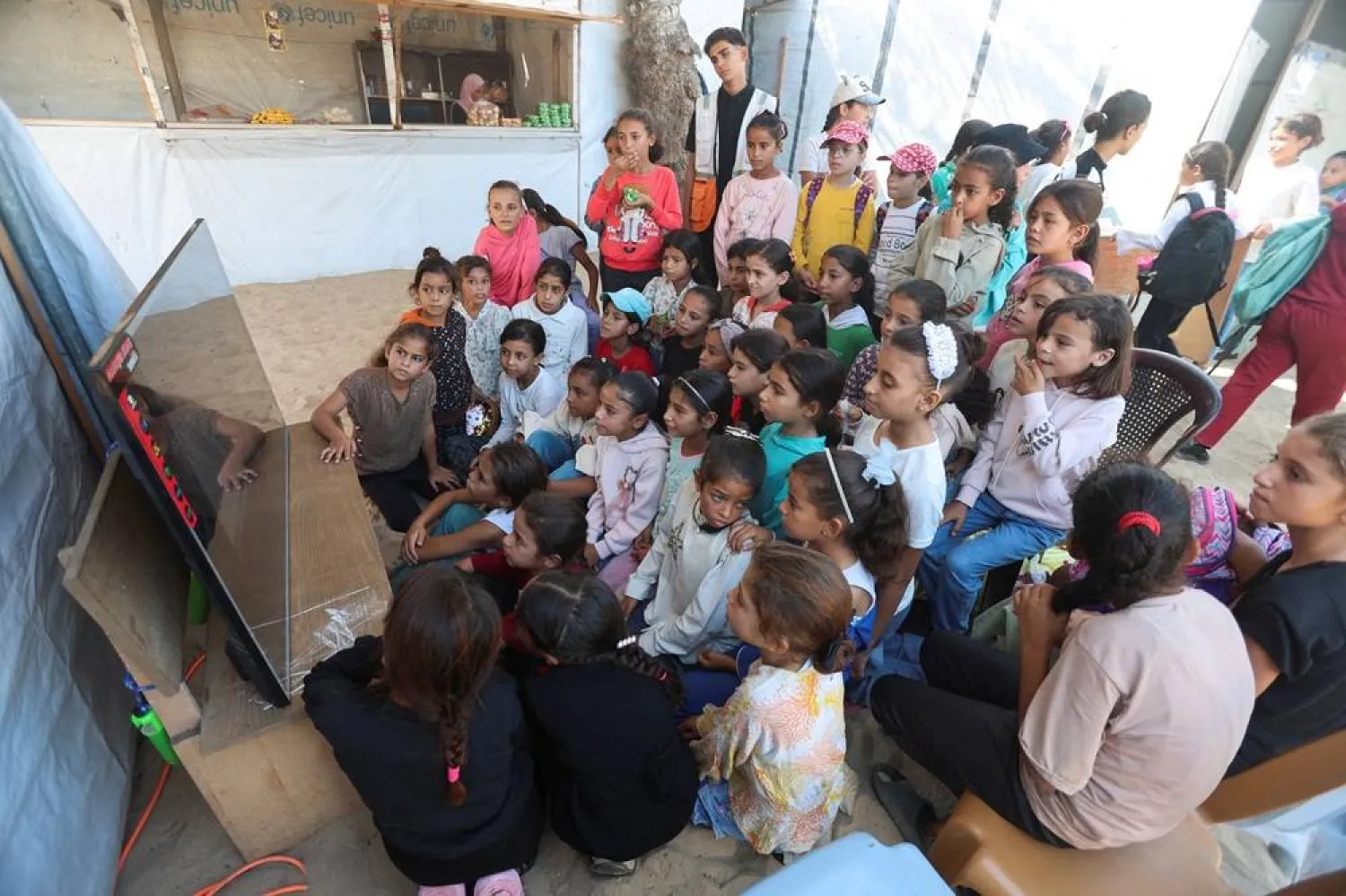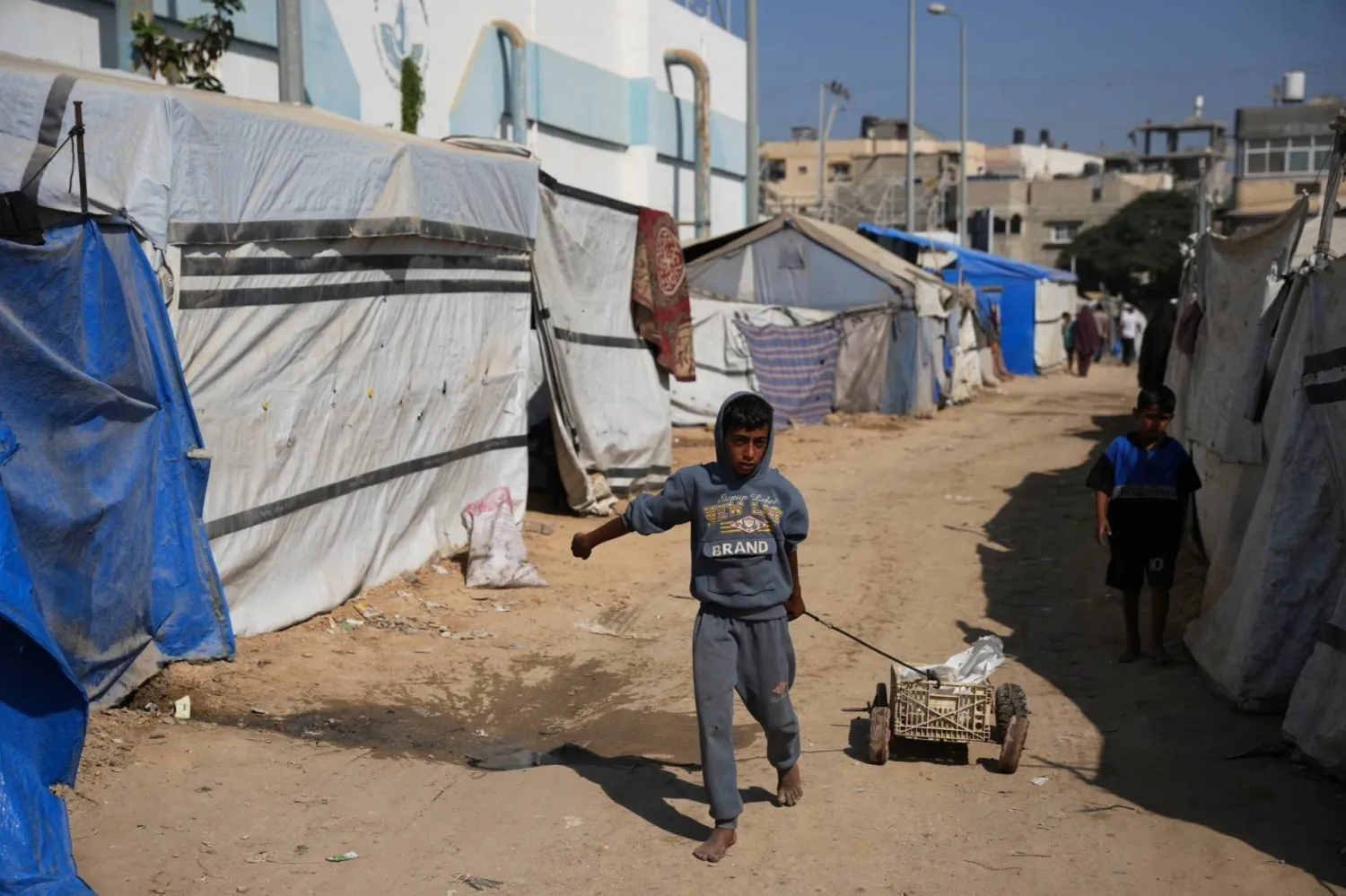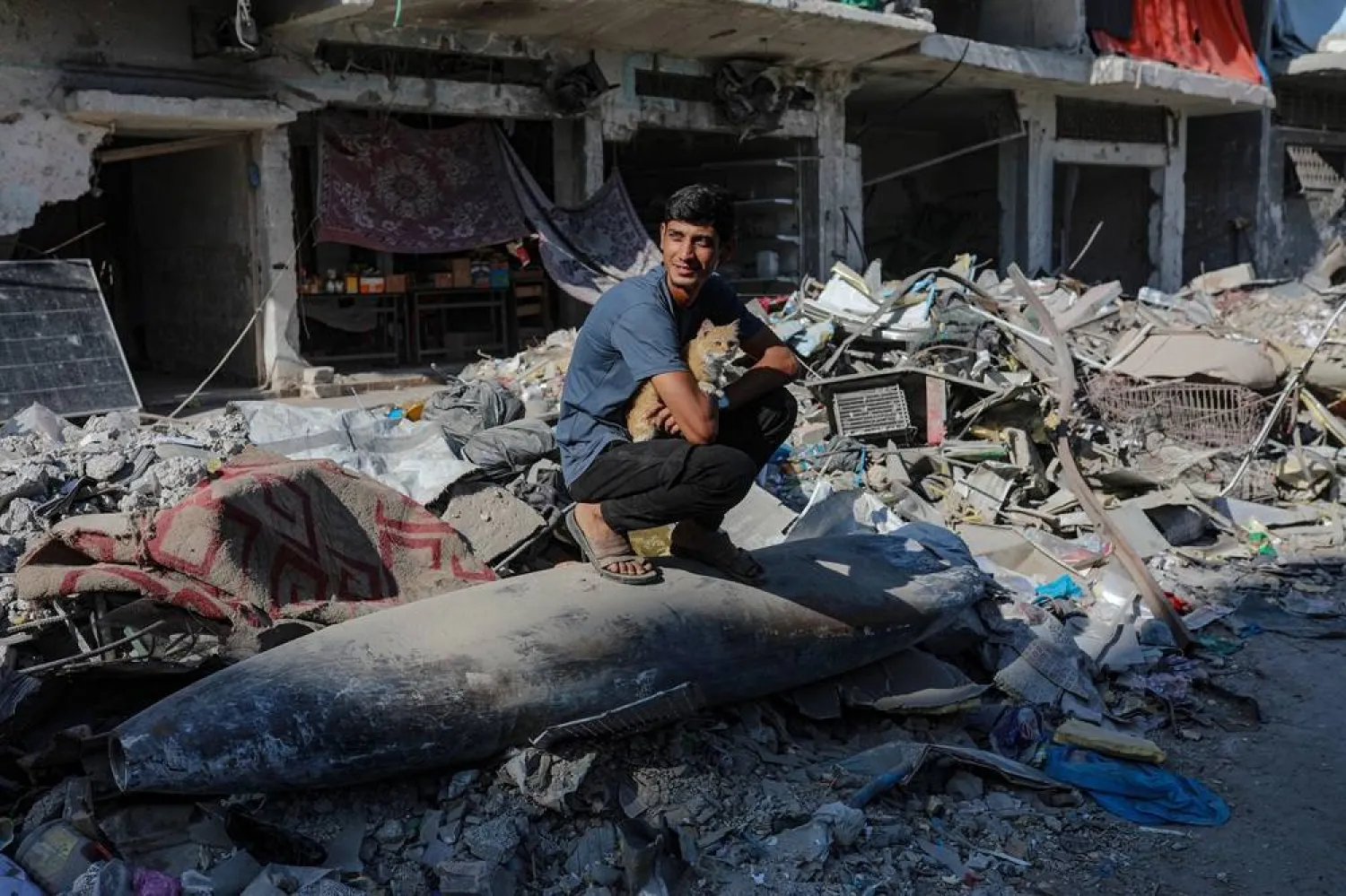Since a huge flood swept away whole neighborhoods of Libya's city of Derna last month, Abdulsalam al-Kadi has been searching for his father and brother. He doesn't expect to find them alive but he wants to bury them so he has a grave to mourn over.
With friends, he has scoured mudbanks where his family's house once stood. He has asked every hospital. He has pored over many of the photographs of the 4,000 bodies recovered so far, Reuters said.
"We thought maybe the sea took them. Maybe they were in the harbor. Those were really tough days. They still are really tough days," said the 43-year-old who spent two days traveling to Derna from his new home in the United States.
Three weeks after the flashflood killed thousands of people, many survivors have yet to find their loved ones, even as Libya's rival factions squabble over who to blame for the disaster and how to rebuild the ruined city.
Many families now face the prospect that they may never find out what happened to parents, children or other relatives despite efforts to identify bodies - many buried hastily in mass graves - using photographs or DNA testing.
Kadi, who could barely recognize his hometown when he arrived, says his mother and sister still hold out hope his father and brother survived. But Kadi says he has had to come to terms with the fact that they died.
"What was difficult in the first few days was hope. People would say they saw them somewhere. For us it was as if they died again every day," he said. "It drove me crazy."
COMPLICATED RECONSTRUCTION
Derna, a coastal city in eastern Libya known as a cultural center, was built on a seasonal river that ran from a mountain range into the sea.
The city had suffered in the chaos that followed Libya's 2011 NATO-backed uprising. ISIS militants seized the city in 2015 - killing one of Kadi's two brothers - before eastern forces under commander Khalifa Haftar captured it.
The devastation now is on a different scale. Overnight, a narrow valley that ran between neat streets and buildings was turned into a wide expanse of mud, rocks and lumps of masonry.
But organizing Derna's reconstruction will be complicated, with Libya split between an internationally recognized government in Tripoli in the west and eastern regions controlled by Haftar with parallel institutions.
Aid efforts are visible on the streets, with mechanical diggers clearing debris. But residents, speaking to Reuters last week, complained that they had not received any help in repairing or rebuilding homes or businesses.
Mohamed al-Ghoeil, 49, was trying to clear mud that caked shelves of a grocery store owned by his brother.
"There is a total absence of the state to reassure citizens," he said. "We decided to lessen some of our pain by cleaning what we can to bring life back to the afflicted areas."
The government in the east, which is not internationally recognized, said on Sunday it was postponing an international reconstruction conference it had planned. The Tripoli government has also said it would hold a conference, without giving a date.
In a fractured nation, reconstruction and the coordination required could fuel another tussle for power, analysts say.
The cost of casual laborers has already shot up too high for Khaled al-Fortas, who said he could not afford the elevated wages demanded by workers to help clear his damaged home.
For Kadi, the priority remains finding his lost family members - a daunting task for him and thousands of others.
"A whole city was underwater, with people in the buildings," he said. "It is impossible to pull them out with our capabilities."
In Libya's Devastated Derna, Families Still Search for the Missing

A man dumps mud collected while cleaning his house, which was affected by fatal floods, in Derna, Libya, September 28, 2023. REUTERS/Esam Omran Al-Fetori

In Libya's Devastated Derna, Families Still Search for the Missing

A man dumps mud collected while cleaning his house, which was affected by fatal floods, in Derna, Libya, September 28, 2023. REUTERS/Esam Omran Al-Fetori
لم تشترك بعد
انشئ حساباً خاصاً بك لتحصل على أخبار مخصصة لك ولتتمتع بخاصية حفظ المقالات وتتلقى نشراتنا البريدية المتنوعة







